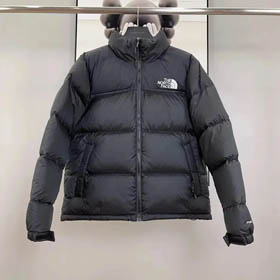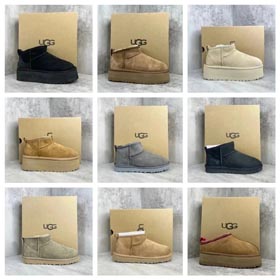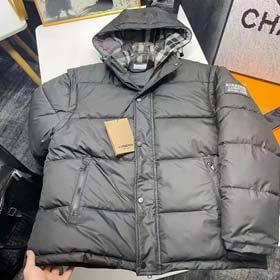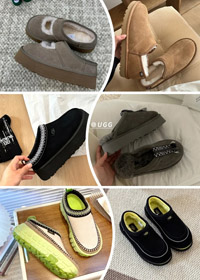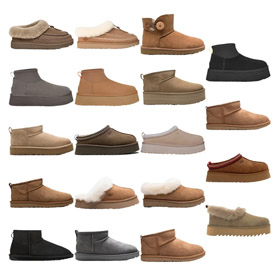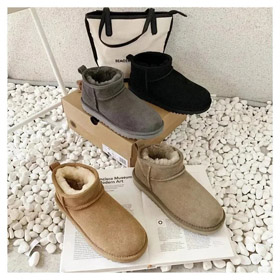The Legendary Journey of Burberry: A British Icon

Few brands embody British heritage as distinctly as Burberry. Founded in 1856 by Thomas Burberry, this legendary fashion house began as a small outfitter in Basingstoke, Hampshire, and grew into a global symbol of timeless luxury. Originally specializing in outdoor attire, Burberry pioneered revolutionary fabrics like gabardine—a waterproof, breathable material patented in 1888—that redefined outerwear.
From Trench Coats to Runway Glory
Burberry's iconic trench coat, initially designed for British soldiers during WWI, became its defining masterpiece. The coat's distinctive features—epaulets, D-rings, and the classic check lining—later made it a civilian wardrobe staple. By the mid-20th century, celebrities like Audrey Hepburn and Humphrey Bogart cemented its status as a cultural icon.
Key Milestones:
- 1924: Introduction of the Nova Check pattern
- 1955: Queen Elizabeth II awards Burberry a Royal Warrant
- 2000-2015: Digital innovation under Christopher Bailey
Today’s Burberry collections
Beyond fashion, Burberry's distinctive check pattern became a shorthand for British style, referenced in music and film. The brand pioneered digital luxury, live-streaming its 2010 runway show—a first for the industry. However, counterfeiting challenges led to strategic pattern scaling back, later reintroducing checks as a refined accent. Explore Burberry’s latest innovations in this 2024 product lineup, showcasing their evolving craftsmanship. Note: Product availability varies by region. Check specifications hereCultural Impact & Digital Evolution
"At Burberry, we don't just make coats; we craft legacies woven into Britain's cultural fabric." — Current Creative Director
